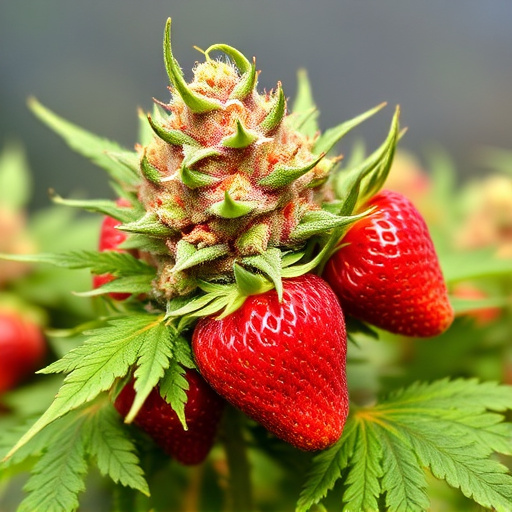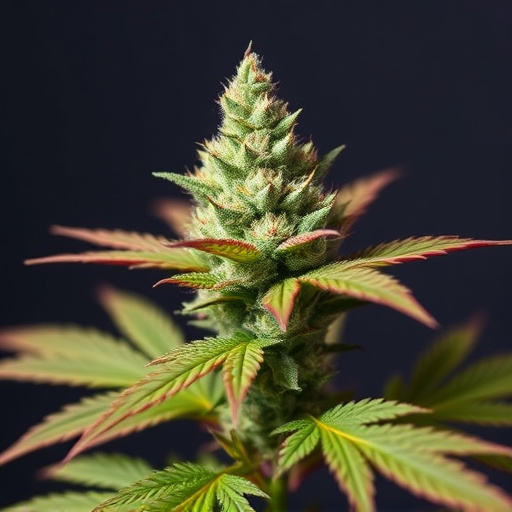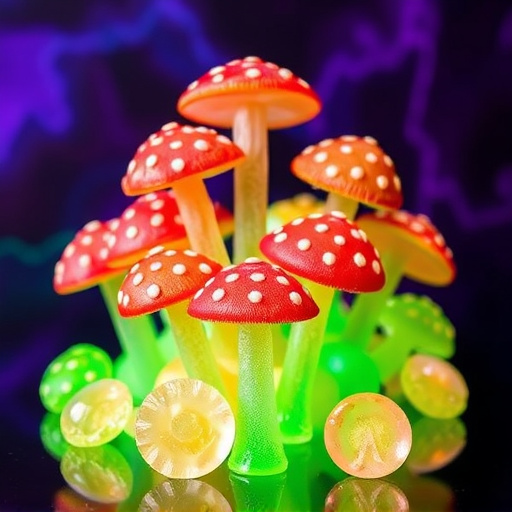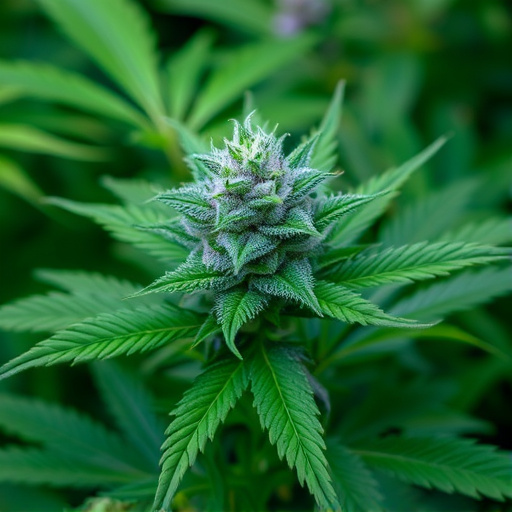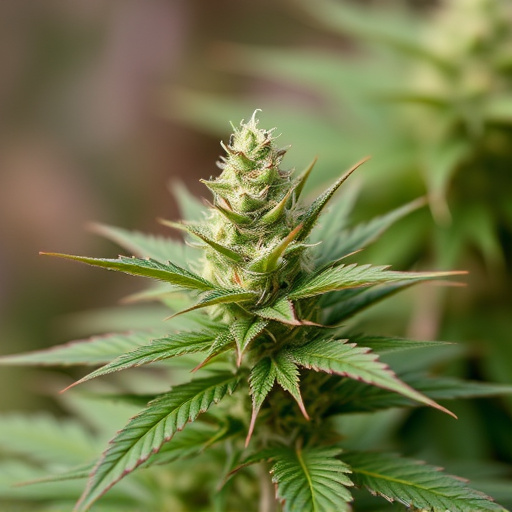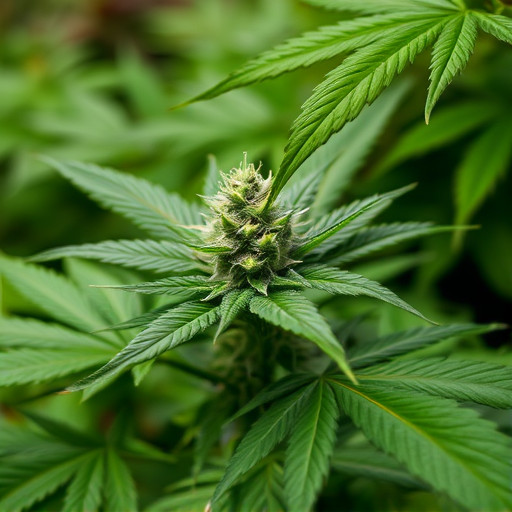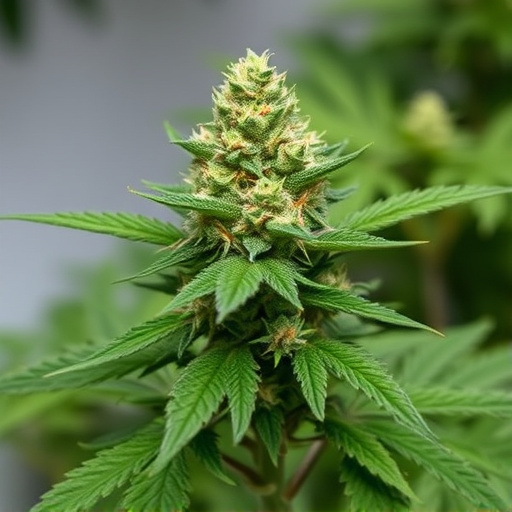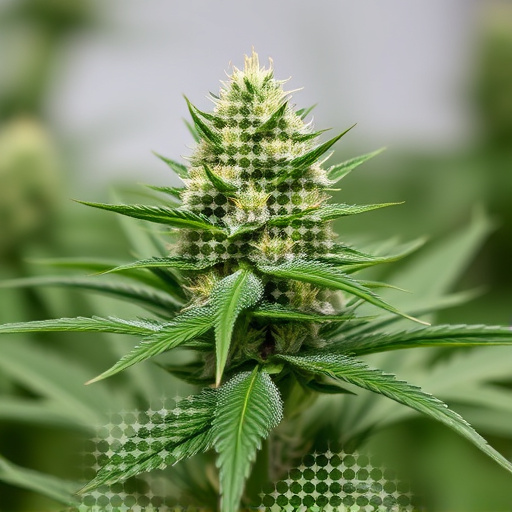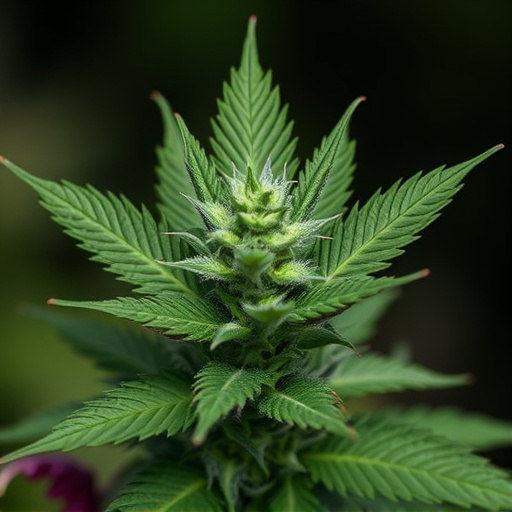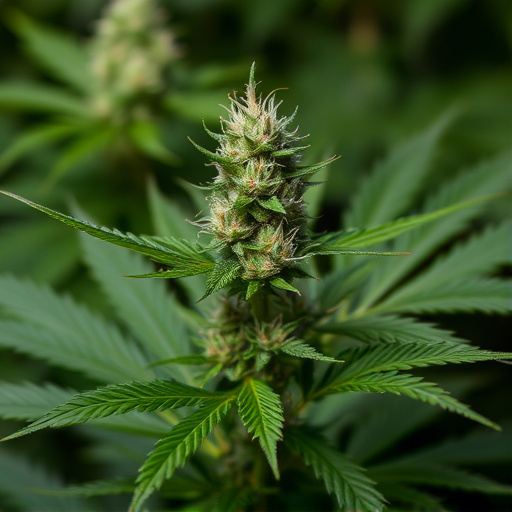The unique aroma and potential therapeutic effects of cannabis strains are driven by terpenes, volatile organic compounds that interact with cannabinoids like THC and CBD. Each cannabis strain has a distinct terpene profile, ranging from earthy myrcene to citrusy limonene, influencing user experiences and outcomes. Understanding these terpene-cannabinoid interactions allows users to select strains tailored to specific desires, be it relaxation, energy, or medical benefits.
Cannabis flowers have long captivated users with their potent aromas, ranging from earthy and woody to sweet and fruity. But why do different cannabis strains emit such distinct scents? This article delves into the complex world of cannabis aroma, exploring the role of terpenes, the unique structure of cannabis flowers, and how cultivation practices shape the final scent profile. Understanding these factors not only enhances our appreciation for cannabis but also provides insights into tailoring specific effects through scent manipulation.
- The Role of Terpenes in Cannabis Aroma
- – Explanation of terpenes and their diverse roles in plants, including cannabis.
- – How different terpenes contribute to the unique scents of various cannabis strains.
The Role of Terpenes in Cannabis Aroma
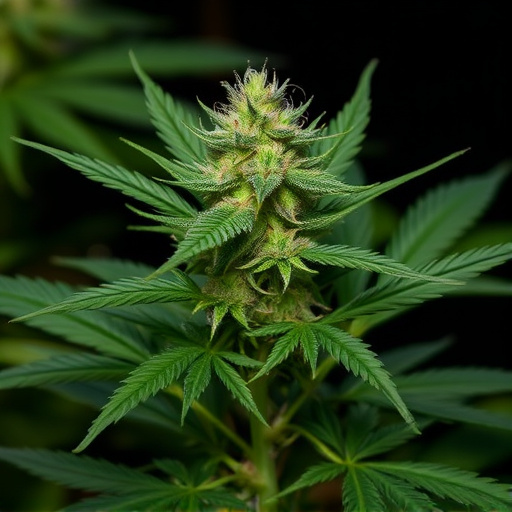
The distinctive aroma of cannabis flower is a result of a complex interplay of various chemical compounds, with terpenes playing a pivotal role. Terpenes are volatile organic compounds that contribute significantly to the unique scent and flavor profile of different cannabis strains. These aromatic molecules not only make cannabis recognizable but also influence its effects on the user. Each terpene offers distinct sensory experiences, ranging from citrusy and fruity notes to earthy and woody tones, creating a diverse olfactory landscape within the cannabis world.
Beyond their impact on smell, terpenes have been found to interact synergistically with cannabinoids, such as THC and CBD, in a phenomenon known as the entourage effect. This interaction can modulate the perceived effects of cannabis strains, enhancing or altering their therapeutic properties. Understanding the specific terpenes present in various cannabis strains can provide valuable insights into their potential benefits and the overall user experience.
– Explanation of terpenes and their diverse roles in plants, including cannabis.

In the world of cannabis, terpenes play a pivotal role in shaping the plant’s unique aromas and potential therapeutic effects. These aromatic compounds are diverse in their functions, contributing to the complex profile of each cannabis strain. Terpenes interact with other cannabinoids, such as THC and CBD, influencing the overall experience users have when consuming cannabis. From promoting relaxation and calming effects to enhancing specific medicinal properties, terpenes are integral to the plant’s allure and therapeutic potential.
Each cannabis strain boasts a distinct terpene profile, resulting in varying smells and potential outcomes. For instance, myrcene is known for its earthy, musky scent and is often associated with relaxing and sedative effects, while limonene offers a bright, citrusy aroma linked to uplifting and mood-boosting properties. Understanding these terpenes and their interplay is key to appreciating the diverse effects of different cannabis strains on users’ senses and well-being.
– How different terpenes contribute to the unique scents of various cannabis strains.
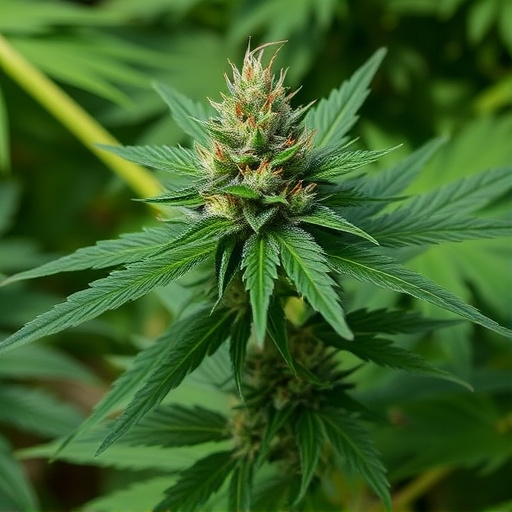
The distinctive aromas we associate with different cannabis strains are largely attributed to a diverse range of terpenes, aromatic compounds that play a crucial role in both the scent and potential effects of cannabis. Each terpene contributes to the unique fragrance profile, creating a sensory experience tailored to individual preferences. For instance, myrcene is renowned for its earthy, musky scent, often prevalent in Indica strains, while limonene offers a bright, citrusy aroma associated with Sativa varieties. These terpenes not only influence the smell but may also interact with cannabinoids like THC and CBD, potentially enhancing or modifying their effects.
The intricate interplay between terpenes and cannabinoids results in a wide array of cannabis strains with varied scents and potential therapeutic benefits. Understanding these chemical contributions allows users to choose strains aligned with desired effects, whether it’s relaxation, energy boost, or specific medical advantages. Thus, the strong scent of cannabis flowers is more than just a pleasant odor; it’s a complex biochemical signature that offers a glimpse into the diverse world of cannabis strains and their effects.
The potent aroma of cannabis flowers is a result of complex terpene profiles that not only contribute to its distinct scents but also play a crucial role in the plant’s interactions with its environment and potential consumers. Terpenes, aromatic compounds found in many plants, including cannabis, offer more than just a pleasant smell. They can influence the therapeutic effects of cannabis strains, affecting the overall user experience. Understanding these chemical contributors helps us appreciate the art and science behind different cannabis varieties and their diverse effects on the senses.
